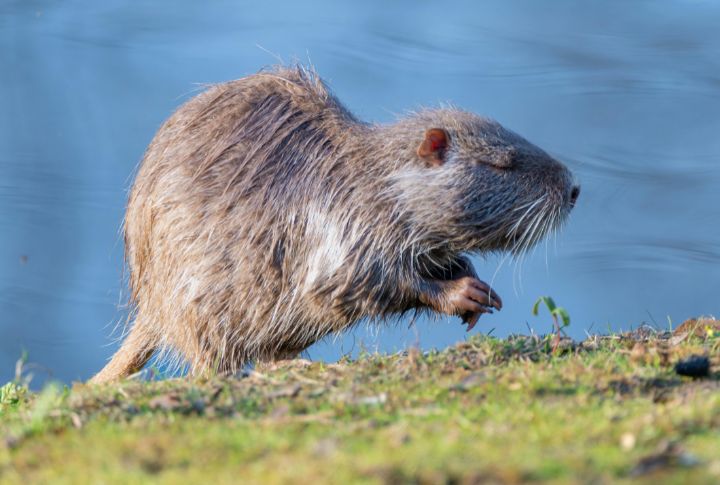
Alien species are quietly altering America’s environment and not for the better. No matter if they were intentionally introduced or not, these invasive animals and plants have taken root in ecosystems that weren’t built to handle them. Some arrived in cargo, others came through the pet trade or for pest control, but all have something in common: they’re throwing native species off balance. Here’s a look at the most disruptive invaders now calling the U.S. home.
European Starling
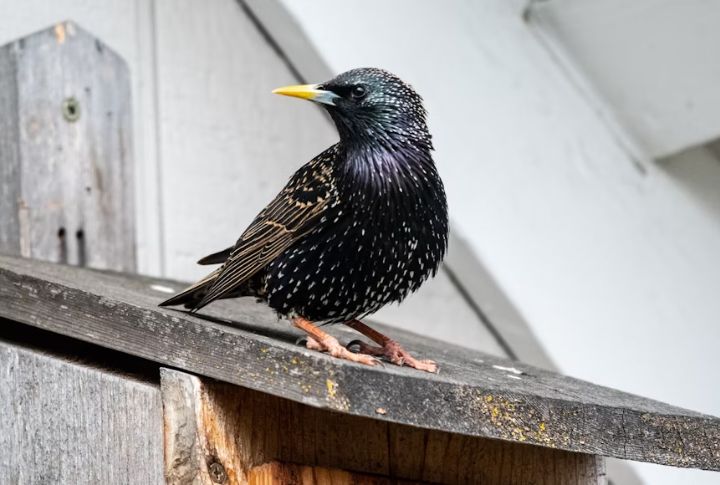
Back in 1890, a Shakespeare lover released a few starlings in Central Park—because why not? Fast forward, and now there are over 200 million of these European starlings, munching on crops and bullying native birds. Though often admired for their sweeping murmurations, their growing presence poses ecological challenges and even flight safety concerns.
Burmese Python
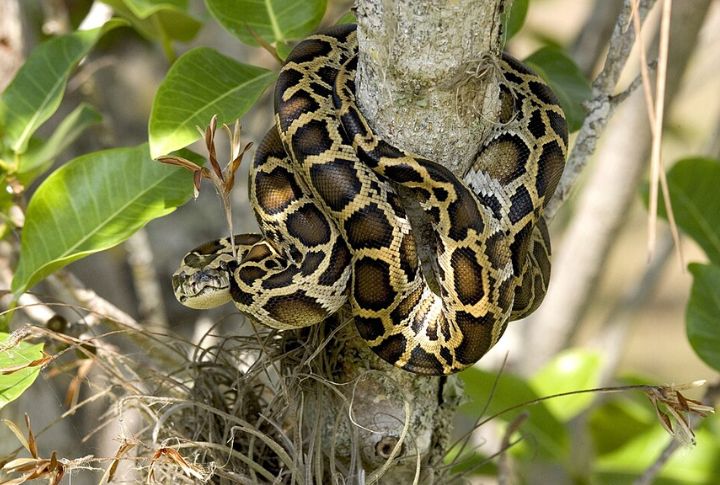
First brought through the pet trade in the 1980s, Burmese pythons have since become dominant predators in the Florida Everglades. Their unchecked spread has led to a 90% decline in native mammal populations. With a capability to eat large animals like deer and alligators, they present a severe ecological threat. Not to mention, they reproduce prolifically.
Nutria
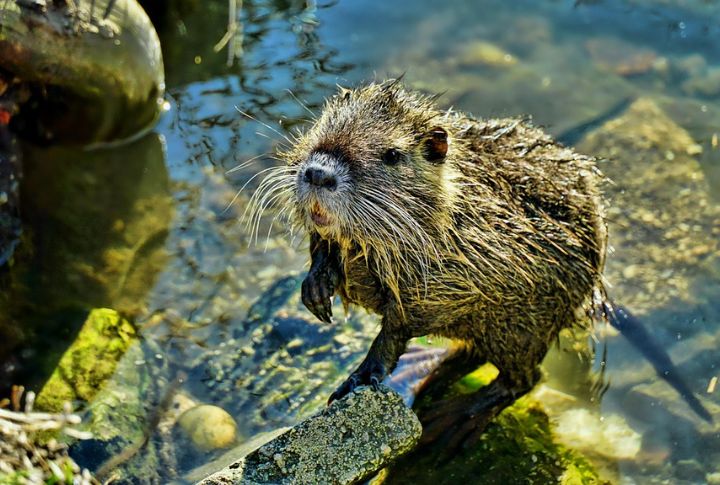
As an invasive species, they severely degrade wetland habitats by consuming vegetation at unsustainable rates and disrupting root systems. A single female’s reproductive output (up to 200 offspring) further accelerates their ecological impact. Interestingly, Nutria were introduced to the United States in the 1930s for commercial fur production in Louisiana.
Feral Hogs
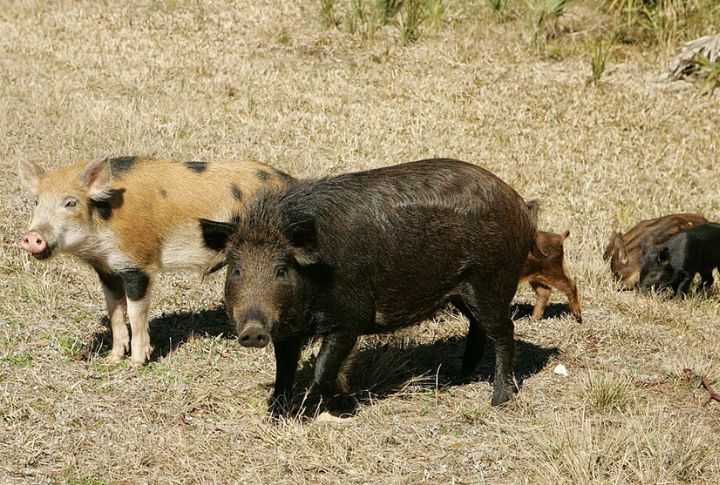
Descendants of domestic pigs and wild boars introduced by European settlers, feral hogs have become a major invasive force. Causing over $1.5 billion in annual damage, they impact both agriculture and ecosystems. Highly adaptable, they run up to 30 mph, swim, jump fences, and reproduce at alarming rates. Plus, their populations double every four months!
Argentine Ants
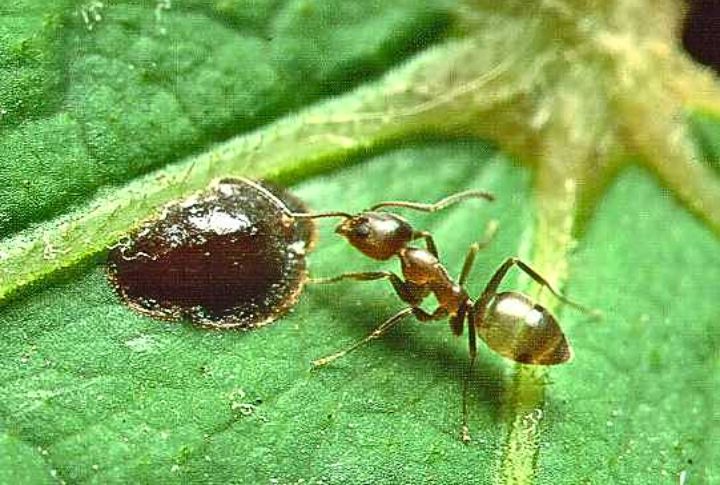
They didn’t mean to come here, but Argentine ants showed up in the 1890s, and now they’ve taken over huge chunks of California. They push out native ants and mess with pollination. But here’s the twist: they don’t fight each other. Instead, they form one massive, peaceful supercolony stretching over 560 miles.
Zebra Mussels
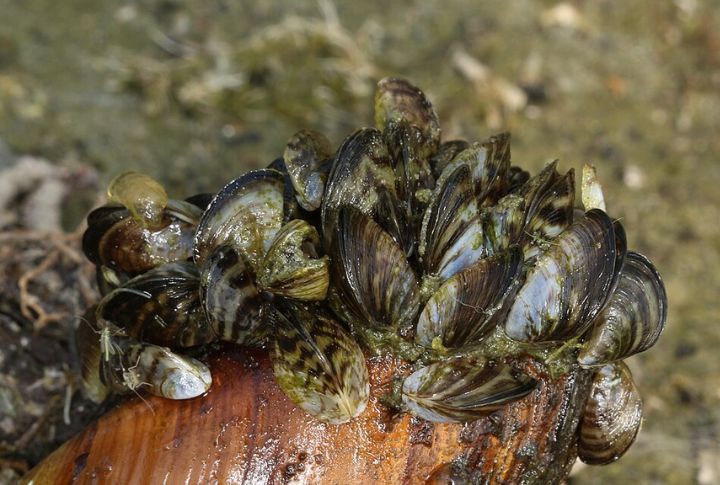
Zebra mussels first entered U.S. waterways in the late 1980s through ballast water from Europe. They’re now widespread and cause billions in damage by clogging pipes and harming native mussel populations. Their filtration makes lakes appear clearer than they are, and even their tiny larvae can spread via moist boats or gear.
European Carp
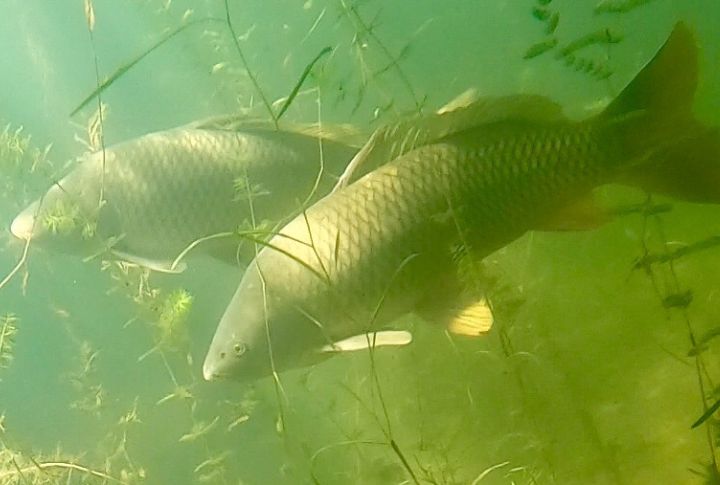
This species was originally brought to the U.S. in the 1800s as a food source. Today, the European Carp is widespread in major waterways like the Mississippi. Their foraging behavior disturbs bottom sediments, thereby impairing water clarity and degrading habitats for native species. Some even leap straight at boaters and can hang out on land for hours.
Cane Toads
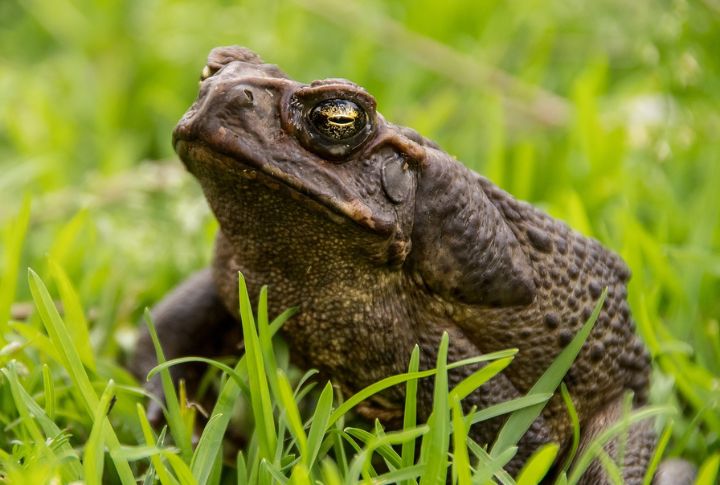
Meant to help, cane toads caused more harm than good. Now they’re all over South Florida, poisoning pets, wildlife, and occasionally grossing out gardeners. Known to inflate their bodies as a defense, even contact with their skin can cause irritation or worse.
House Sparrows
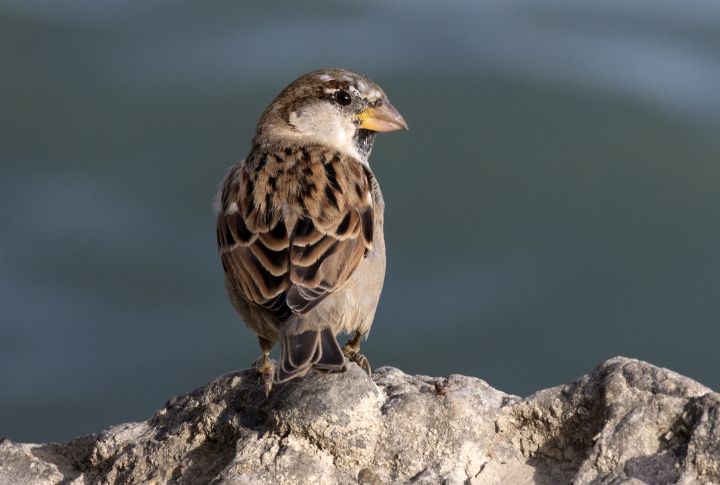
Originally introduced in the 1850s in Brooklyn for insect control, house sparrows have since expanded to over 150 million individuals throughout North America. Their aggressive nesting behavior displaces native cavity-nesting species, such as bluebirds. They also demonstrate remarkable adaptability, frequently establishing nests in urban fixtures, which include signage and traffic infrastructure.
European Green Crabs
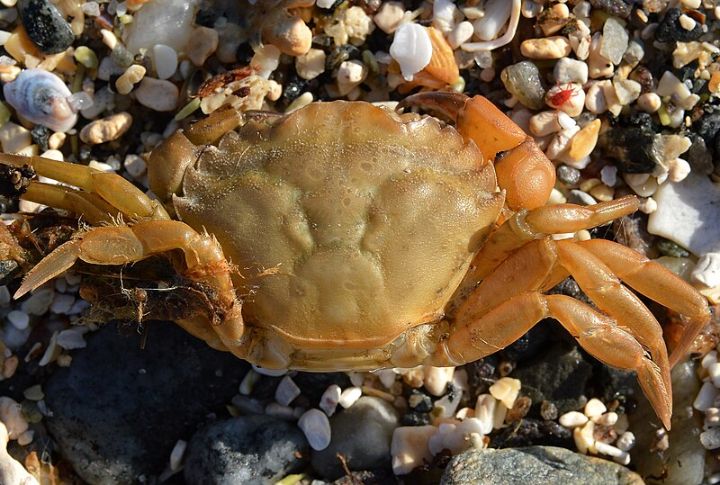
European green crabs hitched a ride here in the 1800s and never left. Now they’re all over from California to Maine, constantly crashing the shellfish buffet. These little invaders can live in salty, fresh, warm, or cold water—basically the cockroaches of the sea. Highly adaptable to a range of salinities and temperatures, they’re distinguishable from native species by five distinct spines beside each eye.
